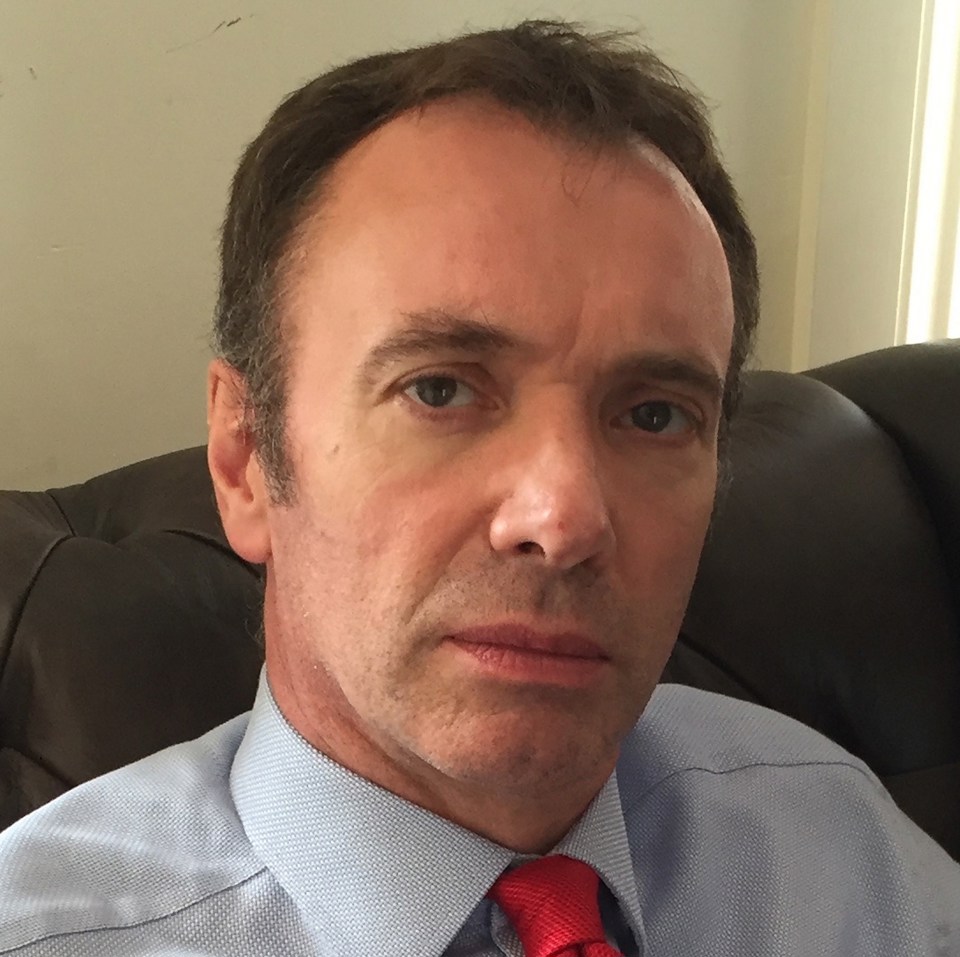Stress was ‘invented’ in 1936 by Hans Selye, a Hungarian-born medical student who formally named it after observing that patients suffering from different diseases often exhibited identical symptoms. He defined stress as a ‘non-specific response of the body to any demand for change’.
The UK charity Mental Health Foundation defines it as, ‘the way you feel when you’re under abnormal pressure’. Many types of situations can cause stress and it’ll be different for everybody.
Our individual perceptions will influence the way we understand what is and what isn’t a stressful event for us.
But whatever we call it, stress is a much-abused term. It’s almost always spoken of in negative terms – stress equals bad.
But a moderate level of stress, or at least pressure, can be a force for good. It allows us to stay alert, safe and perform effectively. It helps us to focus and enables us to make hundreds of decisions day in, day out. But when expectations and demands, at work and at home, get too much and for too long, our bodies can’t switch off and this manageable pressure becomes unmanageable stress.
There is no doubt that we are living increasingly stressful lives and the impact of ‘bad’ stress can have serious implications not just professionally in terms of poor performance, but also for our personal lives and how it affects those around us and critically, how it impacts on our health.
Prolonged, or chronic stress has been linked to an increased risk of heart disease, high blood pressure, digestive and sleep problems. It can negatively affect both our personal wellbeing – how we feel and how we look after ourselves, and our interpersonal wellbeing – how we feel and behave towards others.
So what can we do about it? I believe that the word ‘stress’ now has such negative connotations that we should think of it in different terms. Perhaps it would be more helpful to think about it in terms of ‘load’.
We don’t need to and can’t avoid or eliminate it from our lives, but to continue to cope and stay resilient we need to develop strategies for carrying that load. It is our ability to do this (our resilience) that will determine whether, or how much, we suffer as a result.
A combined physiological and psychological approach can help us in developing those strategies. Biometric measurements, such as heart rate and skin conductance (a measure of emotional arousal derived from the activity of sweat glands on the skin) can identify when we are feeling stressed and crucially, where we experience physiological recovery.
Knowing where and how this happens in your day offers meaningful insights from which you can make lifestyle changes to enhance that recovery and so increase your resilience. The data provides a valuable starting point, an index of resilience, by which to benchmark where you’re at.
Similarly, knowing how your lifestyle choices in diet, exercise, smoking and drinking (to name but a few) impact on your physiology and resilience index can positively influence your decisions. Put simply, understanding the science allows you to make informed choices: to set personal goals and take small steps towards improving your resilience index.
When thinking about psychological interventions, Emotional Intelligence profiling can be very useful. Emotional intelligence (EI) – how we recognize and manage our own emotions and those of others – provides a framework within which you can work out how to use your EI to the best advantage in dealing with potentially stressful events. In that way, understanding and developing your EI is a key component of developing resilience and complements and helps you integrate the physiological index.
With an increasing level of stress and burn-out among the workforce and the expectation that businesses will provide measures to ensure the wellbeing of their staff, organisations should see employee programmes that use these types of interventions as an ongoing, long-term commitment to their employees so all can reap the benefits.
These types of programmes show a positive effect across a number of key productivity indicators such as reduced staff absence rates and turnover, improved customer satisfaction indices and sales. Such results can only be achieved by a motivated, committed, happy and more resilient workforce.
Tim Routledge, chief experience officer, Experience Insight




















Iceage - 27/06/2017 13:27
The author should take a look at Dealership staff turnover. This will highlight the unbearable stress levels in Franchised Dealerships today. Most always caused by the Manufacturer 'Partners' unachievable targets. PSA is my favorite bet for being top of the pops.